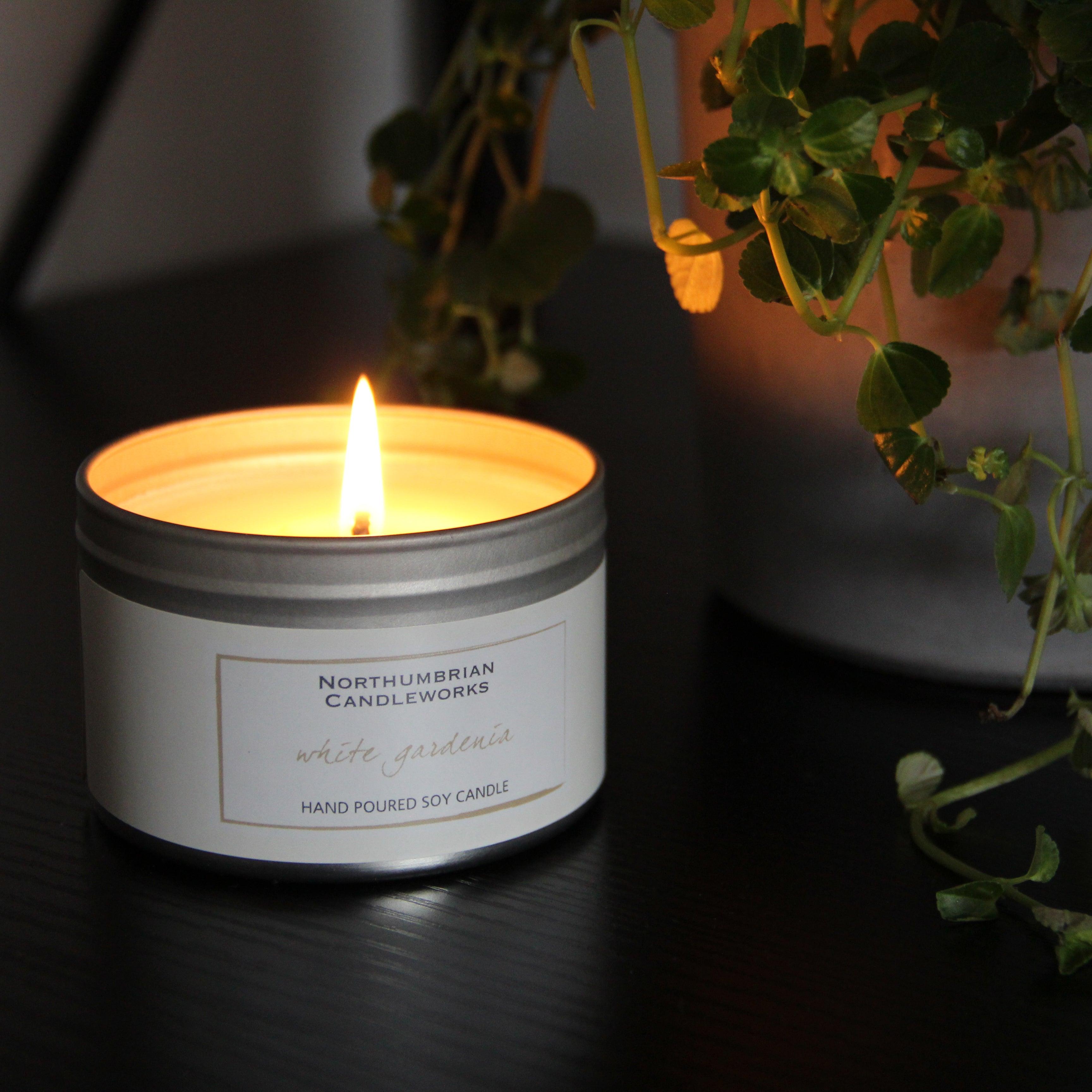From Wick to Wax: Comprehending the Chemistry Behind Soy Wax Candles and Their Environmental Impact
As we illuminate our rooms with the cozy radiance of candle lights, there lies a realm of detailed chemistry behind the apparently easy act of lighting a soy wax candle light. The option between soy and paraffin wax prolongs beyond simple aesthetic appeals, diving right into the realm of environmental impact and the extremely structure of the materials. Recognizing the molecular framework of soy wax and its combustion procedure drops light on the discharges released into our surroundings. Join us as we unravel the scientific complexities behind soy wax candle lights and explore their ramifications on our atmosphere.
Soy Wax Vs. Paraffin Wax
When comparing soy wax and paraffin wax for candle light making, it is necessary to comprehend the distinctive qualities and advantages of each material. Soy wax is a natural, renewable energy stemmed from soybean oil, making it naturally degradable and eco-friendly - home fragrance. On the other hand, paraffin wax is a result of oil refining, which raises issues concerning its ecological influence and sustainability
Soy wax candle lights melt cleaner and send out much less residue contrasted to paraffin wax candle lights, making them a much healthier choice for indoor air quality. Furthermore, soy wax has a lower melting point, enabling for a longer-lasting candle that distributes scent better. Paraffin wax, on the other hand, often tends to melt faster and much less cleanly, possibly launching harmful chemicals into the air.
From a sustainability viewpoint, soy wax is preferred for its biodegradability and renewable sourcing, aligning with the expanding customer preference for ecologically mindful products. While paraffin wax has been a traditional option in candle light making because of its price and ease of usage, the change in the direction of environmentally friendly alternatives like soy wax is gaining momentum in the market.
Chemical Composition of Soy Wax

Burning Process in Soy Candles
The chemical composition of soy wax directly influences the combustion process in soy candles, affecting factors such as melt time, fragrance release, and environmental impact. When a soy candle light is lit, the heat from the fire thaws the wax near the wick.
The combustion effectiveness of soy candle lights is affected by the purity of the soy wax and the high quality of the wick. In addition, soy wax candles have a lower environmental influence compared to paraffin candles due to their eco-friendly and renewable nature.

Environmental Benefits of Soy Wax

Considered a sustainable option to standard paraffin wax, soy wax uses significant environmental benefits that make it a popular choice among eco-conscious customers. One considerable benefit of soy wax is its sustainable sourcing. Soy wax is obtained from soybean oil, which is primarily cultivated in the United States. The growing of soybeans assists support local farmers and minimizes the this page dependence on non-renewable fossil gas utilized in paraffin wax production. Additionally, soy wax is biodegradable, indicating it breaks down naturally without launching unsafe contaminants into the setting. This characteristic makes soy wax candles a more environmentally pleasant choice compared to paraffin wax candles, which are made from petroleum, a non-renewable resource. In addition, soy wax burns cleaner and generates less residue than paraffin wax, adding to better interior air high quality and reducing the demand for cleansing and maintenance. Overall, the ecological benefits of soy wax line up with the growing need for sustainable and eco-friendly items in the marketplace.
Recycling and Disposal Factors To Consider
Reusing and correct disposal of soy wax candles play a critical duty in keeping ecological sustainability and lowering waste in areas and houses. When it comes to reusing soy wax candle lights, the first step is to guarantee that the candle has melted totally.

In regards to disposal, if recycling is not an alternative, soy wax candle lights are eco-friendly and can be securely disposed of in most household waste systems. It is always suggested to check with regional reusing facilities or waste monitoring services for specific standards on candle disposal to make certain appropriate handling and environmental defense.
Final Thought
In final thought, the chemistry behind soy wax candle lights reveals their ecological benefits over paraffin wax candles. Soy wax, obtained from soybean oil, burns cleaner and produces less soot when contrasted to paraffin wax.
When comparing soy wax and paraffin wax for candle light production, it is necessary to understand the distinct attributes and advantages of each material (crystal soy candles).Soy wax candle lights burn cleaner and release much less soot compared to paraffin wax candles, making them a much healthier selection for interior air quality.Taken into consideration a sustainable choice to conventional paraffin wax, see post soy wax uses remarkable environmental benefits that make it a prominent choice amongst eco-conscious customers. Soy wax burns cleaner and generates wikipedia reference much less soot than paraffin wax, contributing to better indoor air high quality and minimizing the demand for cleansing and upkeep.In verdict, the chemistry behind soy wax candle lights discloses their ecological benefits over paraffin wax candle lights